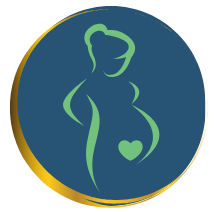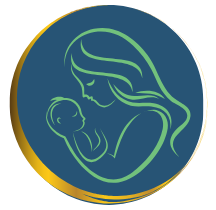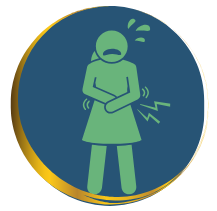
Pelvic health issues are common – but not normal – and not something you have to live with. They can make us feel frustrated, confused, embarrassed or dismissed. We end up suffering with symptoms for years, giving up things we love, taking medications to mask symptoms or undergoing unnecessary surgeries that don’t fix the problem.
We would love to be on this journey of healing together. Not only do we want to relieve your symptoms, but resolve the underlying cause so they don’t return.

Prepare your body for pregnancy and birth with care that keeps you comfortable during daily activities. Learn how to connect with your core and pelvic floor, supporting a smoother pregnancy and empowering you for childbirth.

At PT On The Go, we assess your full body to address postpartum pelvic floor dysfunction and cesarean scar healing. Together, we’ll create a personalized plan to help you safely return to an active lifestyle, focusing on core and pelvic floor strengthening, as well as guiding you back to exercise with confidence. We're here to support you every step of the way.

At PT On The Go Physical Therapy, we provide personalized treatment plans for conditions such as endometriosis, vaginismus, vulvodynia, and more. Our goal is to alleviate discomfort and improve your quality of life with compassionate, expert care tailored to your needs.

At PT On The Go, we provide pelvic floor-focused care designed to help women of all ages feel their best. Whether it’s improving bladder, bowel, or sexual function, our personalized approach supports your journey to better health and overall well-being.